Can Kyoto supermarket takeout let you enjoy the local cuisine without fancy restaurant prices?
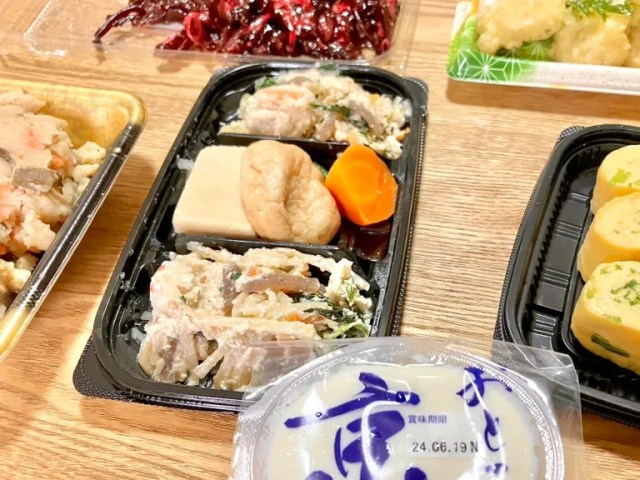
We go looking for high-class Kyoto delicacies at low prices.
Kyoto is a city with a lot of things to see, a lot of things to do, and a lot of things to eat. But when you’ve committed a large part of your travel budget to temple visits, tea ceremonies, and kimono experiences, you might find that you don’t have all that much left to spend on Kyoto’s distinctive delicacies.
As it turns out, though, you don’t need to splurge on dinner at a fancy restaurant to get a taste of Kyoto cuisine. As a matter of fact, you don’t even need to go to a restaurant at all, as our Japanese-language reporter Udonko learned when she discovered a wide range of dishes representative of Kyoto’s unique food culture at the city’s supermarkets.
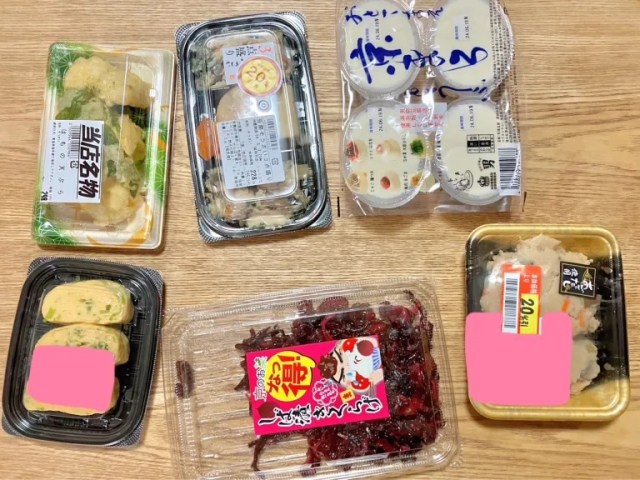
Udonko got the idea to check Kyoto supermarkets’ prepared food sections on a recent trip she took to the city. As she stepped out of her hotel, she was prepared to put in a lot of legwork, but to her surprise, and her feet’s relief, she found more than enough at the two supermarkets closest to her hotel. In total, she picked up six items, all of them regional Kyoto specialties and very reasonably priced.
Let’s check out her spread.
1. Simmered okara (239 yen [US$1.50])
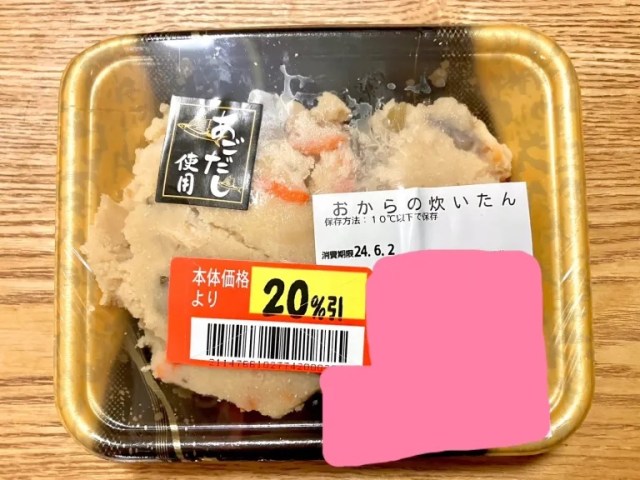
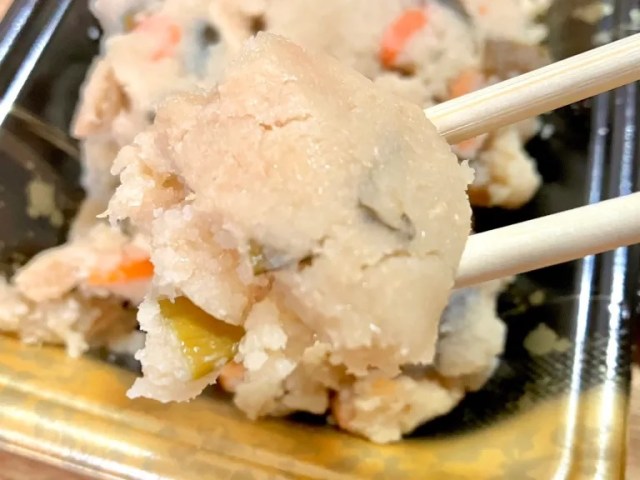
Okara is the name for the soy milk that’s strained off as part of the tofu-making process. In Kyoto, the okara then gets simmered with vegetables in soy sauce and mirin (sweet cooking sake). Udonko’s supermarket okara was moist and flavorful, with a mix of sweet and salty notes that quickly rejuvenated her after her long day of sightseeing.
2. Hamo tempura (321 yen)


This was a major find! Hamo, pike conger eel, is something you’ll usually only find at restaurants in Kyoto that are on the expensive side, but there it was in the supermarket tempura corner! The breading was nice and juicy, not at all dry or crumbly, and blended deliciously with the whitefish-like flavor of the eel. The tempura had also been seasoned with the perfect amount of salt, so Udonko had no need for any dipping sauce.
3. Koyadofu, ganmodoki, okara, and shiraae (196 yen)
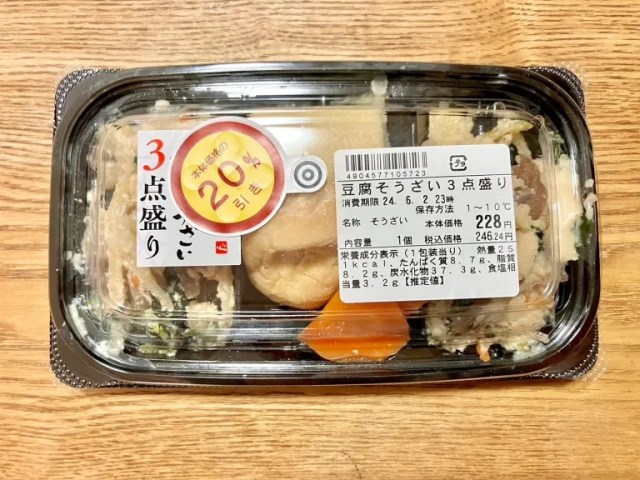
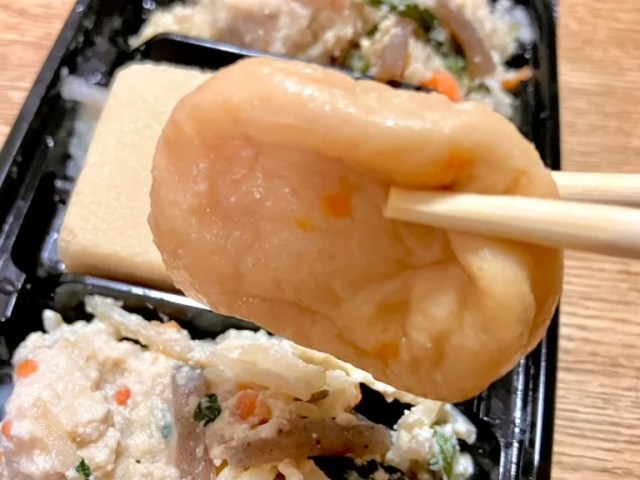
Officially, the supermarket called this a “tofu side dish assortment.” Koyadofu is a kind of traditional freeze-dried tofu with cultural roots in the Kansai region, and ganmodoki is fried tofu with a filling of chopped vegetables. Both of these had been seasoned with a delicious bonito-stock, and Udonko’s second serving of okara was just as tasty as her first. The shiraae, mashed tofu, was excellent as well, with a light, airy texture, and aside from the quality, Udonko was overjoyed at how much variety this pack provided at such a low price.
4. Shibazuke kikurage (537 yen)
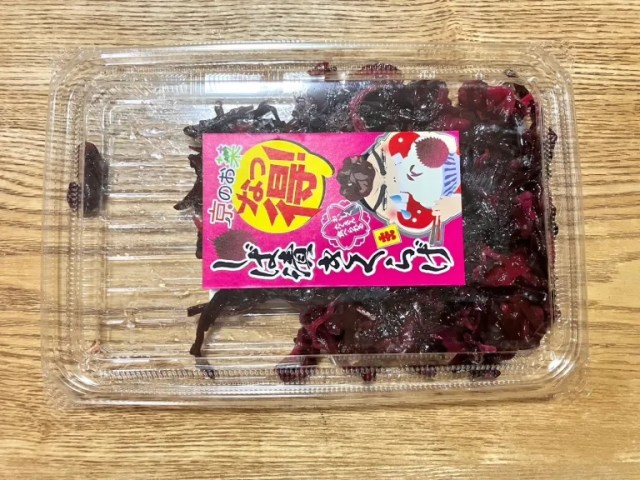
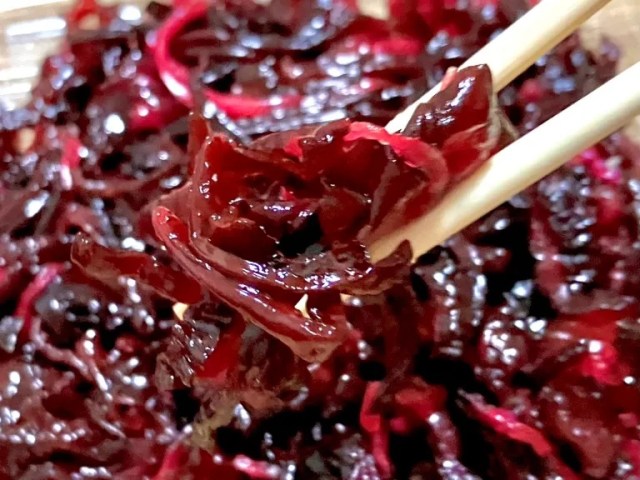
Shibazuke is a Kyoto cuisine dish consisting of chopped vegetables pickled in a mixture of salt and red shiso, an herb that’s sort of like traditional Japanese cooking’s equivalent to basil. This supermarket pack also included kikurage, or wood ear mushroom, which gave it a great crunchy texture to go with the gently refreshing shiso.
5. Otokomae Kyomarodofu (105 yen)
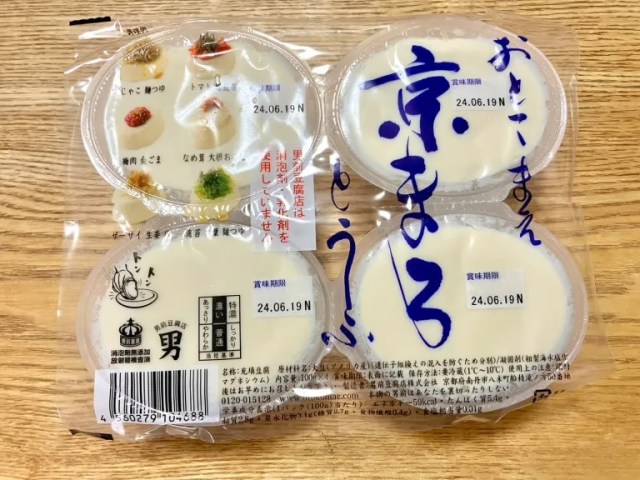
This one isn’t so much a Kyoto dish as it is a popular Kyoto-made version of a Japanese staple. Otokomae Tofu is a famous Kyoto-based tofu maker, and while you can find their products in other parts of Japan, Udonko thought this particular bundle might be a Kyoto exclusive. After doing some checking, she learned that that’s not the case, but it doesn’t change the fact that Otokomae tofu is some of the best there is, smooth and so rich that it almost has a sweet taste.
6. Kujonegi dashimaki tamago (214 yen)
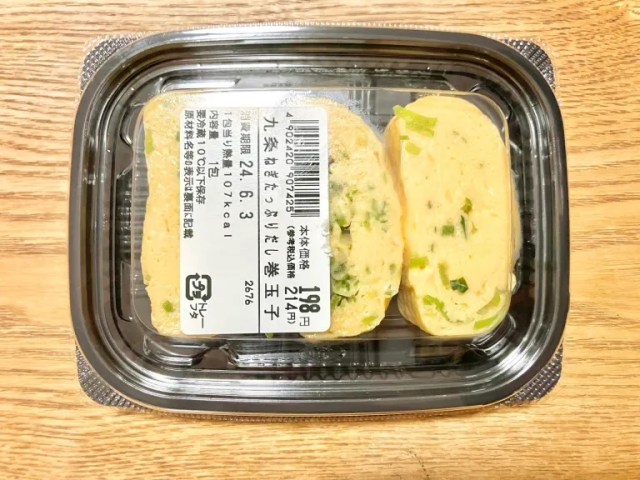
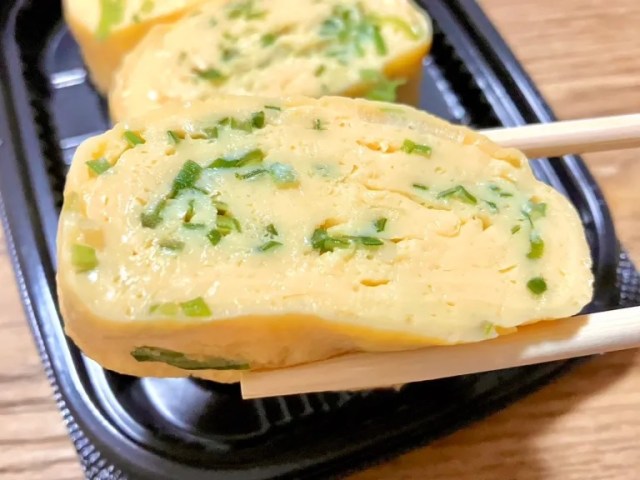
It’s not just Kyoto’s unique recipes that foodies love it for, but also their vegetables. Kyoto-grown vegetables, known as Kyo-yasai, are said to have an elegant flavor that elevates them above varieties grown elsewhere. This dashimaki tamago omelet featured Kujonegi, Kyo-yasai green onion, which provided an enticing crunch and sharp accent to the flavor profile. While she loved all of the dishes, this was Udonko’s personal favorite out of the bunch, and her only complaint is that she wished she’d bought two packs, since it tasted so good.

In total, Udonko’s supermarket-sourced feast cost her just 1,612 yen, and was more than she could finish in one sitting, so she had leftovers for breakfast the next morning. So if the next time you’re in Kyoto you don’t have the budget space for a fancy restaurant, or if you just want to eat like a local resident, don’t forget to check the nearest grocery store.
Photos ©SoraNews24
● Want to hear about SoraNews24’s latest articles as soon as they’re published? Follow us on Facebook and Twitter!
Credit:

0 comments: